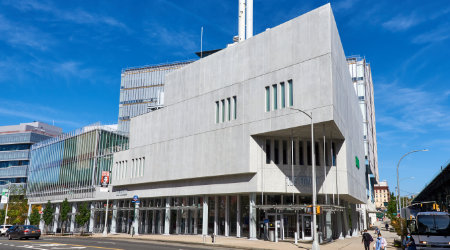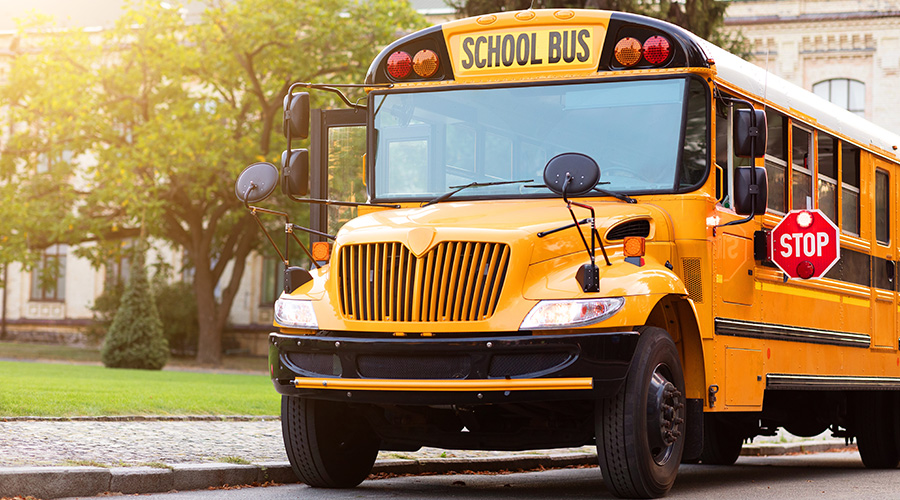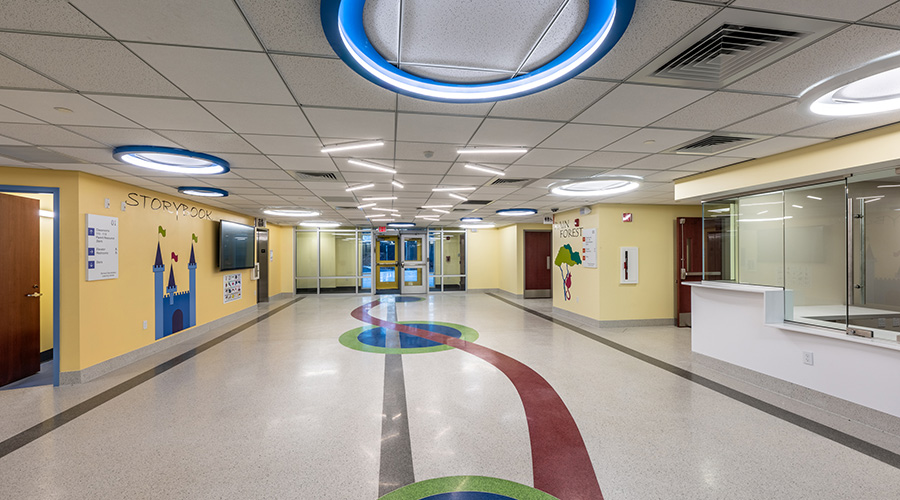University’s New Campus Presents Unique FM Challenges
Managing new and existing facilities on Columbia University’s new Manhattanville campus creates new opportunities for reliability and efficiency.
By Dan Hounsell, Editor-in-Chief
Tom Carroll isn’t creating a brand new university campus out of thin air, but some days it might seem like it. Carroll is assistant vice president for facilities and operations at Columbia University’s new Manhattanville campus, which is located about 5 miles north of the university’s main campus in Upper Manhattan.
“Columbia either acquired or got the developmental rights for a huge block in essentially West Harlem at about 125th Street,” Carroll says. “The entire campus is being essentially built brand new, so currently, there's about 1.5 million square feet, and we're adding another 700,000 square feet by the end of the year in a brand new facility. The total campus ultimately will be somewhere in the range of 5.5 million square feet when it's totally built out.”
While some facilities on the Manhattanville campus will be new, Carroll also oversees several existing facilities — a situation he is familiar with. Prior to joining Columbia in January 2021, he worked as the assistant Architect of the Capitol in Washington, D.C., for 12 years. The office is responsible for the maintenance, operation, development, and preservation of the U.S. Capitol Complex.
“I've been in the business since graduating from college in 1988,” Carroll says. “I spent 20 years in the U.S. Air Force working in civil engineering — the facility group that maintains and operates the entire Air Force base. I was at various locations, and then I spent 12 years as the Architect of the Capitol working my way up from pure ops. It was similar to what I'm doing here.”
Facilities focus
The existing buildings Carroll now oversees present him and his team with a range of challenges.
“I've got three brand new buildings plus an underground central energy plant that are brand new — like five years old — and then I've got a couple of buildings under my control here on campus that are old or historic,” he says. ”The building I'm in right now is an old Studebaker factory, and we’ve got a couple other buildings that are 1930s vintage in various conditions.”
As the new facilities open, they will add to the challenges the department will have to prioritize and address.
“The new Columbia business school is coming online, which is two towers and a massive underground facility that kind of ties the two together,” he says. “A main central loading dock will ultimately serve the entire underground for the Manhattanville campus. That kind of facility serves to tie the two business school towers together.”
Each of the facilities will play a different role in helping the university achieve critical long-term goals related to energy efficiency and sustainability.
“We're lucky to have absolutely brand new facilities being built,” he says. “I got a couple of old ones, and we are trying to upgrade and improve them along the way as far as building performance. The next step for this university is coming up with a strategy to address the zero carbon footprint goal that our president recently announced and being able to comply with the local laws that also mandate emissions reductions.”
Adding to Carroll’s facilities management challenges is the fact that the campus’s buildings sit on an open-air campus that is interwoven with the surrounding city.
“The entire first floor — what we call the urban layer — is all intended to be open and inviting to the public, so you can well imagine we're not a traditional campus with lawns and grasses,” he says. “For us, it’s a campus with sidewalks and streets running through. They closed off none of the city streets.”
Priorities and challenges
While all of the facilities on the Manhattanville campus are important, Carroll says the condition and operation of several buildings top his priority list because of their critical role for the university.
“For me at this campus, my highest priority is the science center,” he says. “Ultimately, there's going to be multiple science centers in the plan. There are billions of dollars worth of grant funded research going on that is highly dependent on humidity, temperature control, and air flow.
“If I lose cooling, if I lose power, we could be facing a serious loss of research, which obviously is an issue. The stuff that keeps me up at night is being able to respond to power outages and any failures in the plant that is providing steam and chilled water.”
The questionable condition of the nation’s electrical grid causes sleepless nights for many facility managers nationwide, and Carroll’s local utility is no different.
“I am worried about a service interruption from Con Ed, the utility provider, or a gas interruption,” he says. “So we monitor the systems very closely, and if we see deviations or a drop, are the redundant systems like generators kicking in? We're testing generators all the time, and we're making sure they're capable of switching on correctly, running correctly, and providing power.”
Lessons learned
One emerging strategy during Carroll’s time at Columbia University’s Manhattanville campus combines elements of higher education and facilities management — learning lessons about facilities and applying them quickly to improve conditions and operations.
“In the short time that I've been here, there seems to be a huge feedback loop with lessons learned in design, construction and then ultimately delivery to operations,” he says. “That's exciting to me. What went well and what went wrong is analyzed after every building.
“The focus is delivering this building on time, and it’s in its final throes of construction. Afterwards, we've already opened up the conversation about how we want to get groups and teams together to capture all these lessons learned.”
As expected, Carroll and his team learned important lessons about new facilities during construction that were applicable and beneficial almost immediately.
“One big lesson relates to value engineering or scope reduction,” he says. “The design was more expensive than we thought, and stuff gets value engineered out. In some of the early old buildings, lessons were learned where things were value engineered out and then we really needed them. We were evidently very careful when we went through the value engineering process for the brand new facilities.
“The question is, did we take something out of the building to save money, and in the end we actually spent more because of it? Every new endeavor seeks to make sure that the past efforts have not been forgotten.”
Learn about Carroll’s and the university’s plans for resilience by joining fnPrime to access the article “Emerging Campus Builds In Resilience from the Start.” Membership starts at as little as $19.99 a month and includes complimentary registration to virtual events, free continuing education, access to more than 100 articles and videos, and more.
Dan Hounsell is senior editor for the facility market. He has more than 25 years of experience covering engineering, maintenance and grounds management issues in institutional and commercial facilities.
Related Topics:












